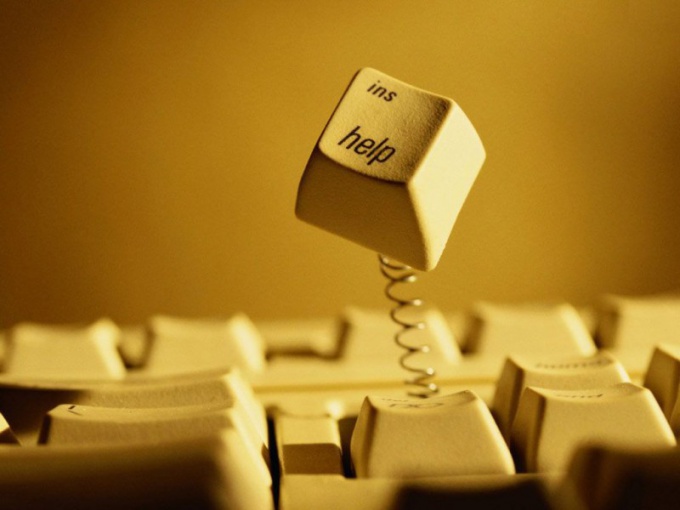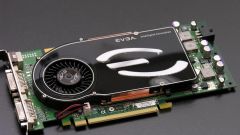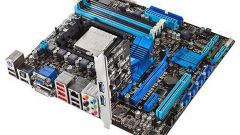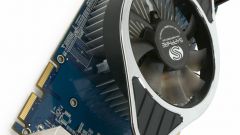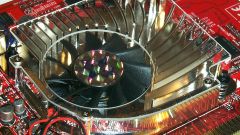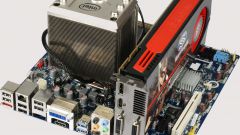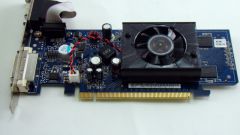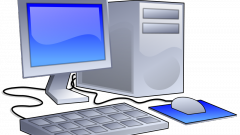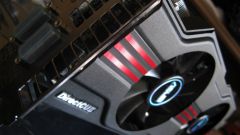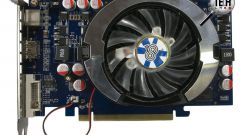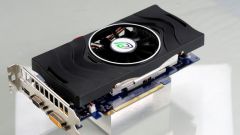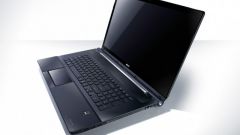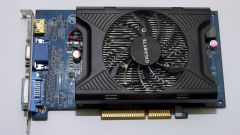Instruction
1
Turn on your computer or restart it. This is necessary in order to enter the BIOS system.
2
Click to enter the configuration of your basic system input and output. To do this, after power-up press the DEL key — in many cases using this method of activation. Some manufacturers use a different method, F2 or F10.
3
Press several times to not miss the right moment in the boot process. If done correctly, you will see the BIOS screen, designed in bright colors of white and blue colors. While the top row lists the names of the categories that you can configure. Or a window with two columns of names of groups of settings on a dark blue background. It depends on the manufacturer of the BIOS firmware on your motherboard.
4
Locate and select the menu item with the word Chipset. There are various options, for example, or Chipset settings advanced chipset settings. In blue and white BIOS, you must first select the tab Advanced menu and activate the required row. To navigate through the settings use the arrows directions on the keyboard. Used to select the Enter key. That is when you select something in the script and pressed Enter, you find yourself in a submenu with a list of options or actions. And pressing Enter in the string setup, you get the possibility to change the value — this is the video configuration in the BIOS.
5
Select the menu option responsible for the size of video memory. It is usually called Graphics Aperture Size, AGP Aperture Size or shared memory. Specify the largest possible number from the available list to the selection, for example, 256 MB or 512 MB. This will allow the video card to work with the specified amount of memory and speed up the work of the graphics subsystem. Keep in mind that the used memory. If you have less than one Gigabyte, then at higher values of memory, the computer may slow down.
6
Save the settings on the card that you made. To do this, press Esc and select EXIT. Find the line that says "Save Changes" and press Enter. A message appears with the request to confirm or cancel saving: press Y, the computer will close the BIOS and restart.
